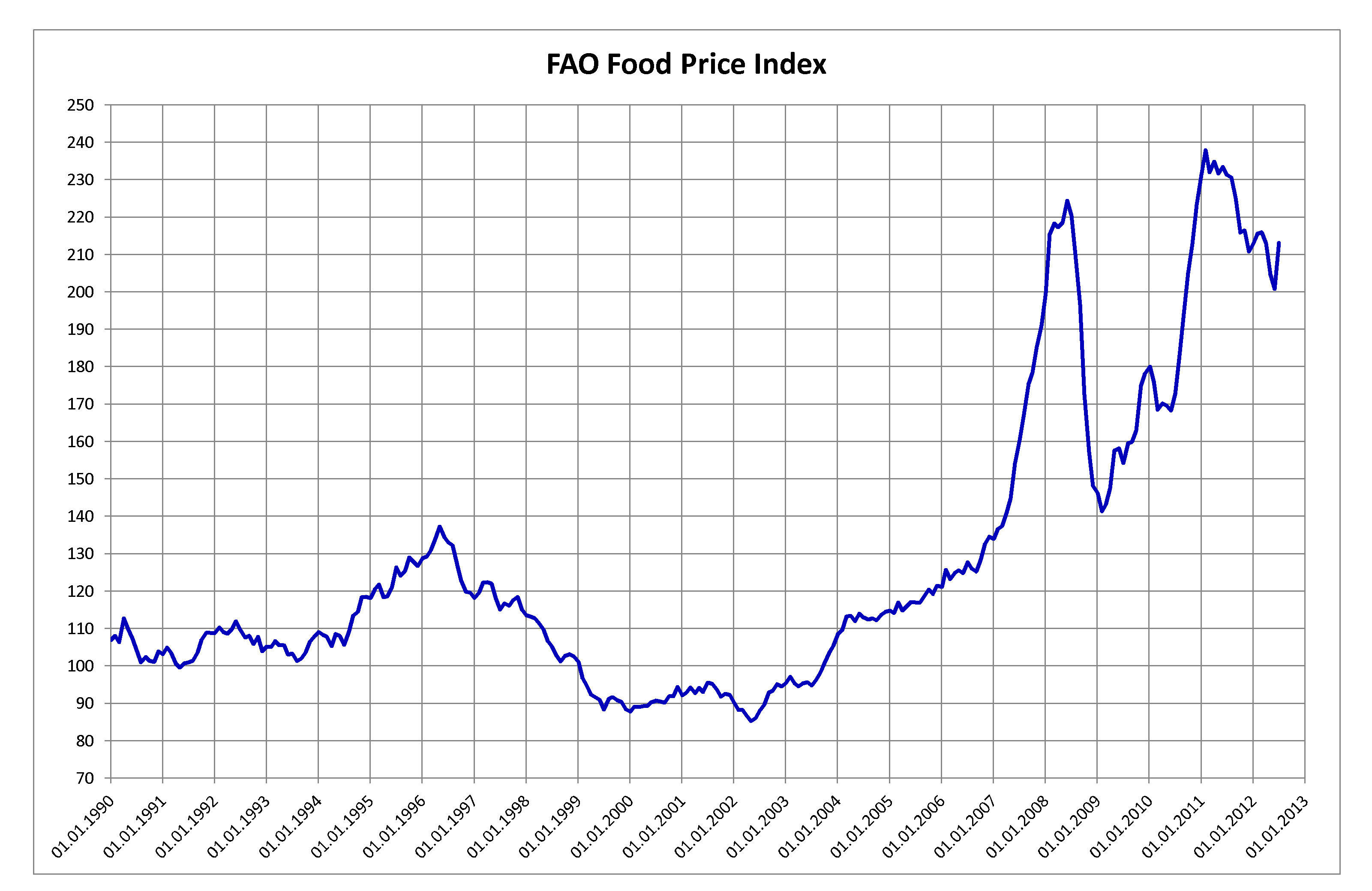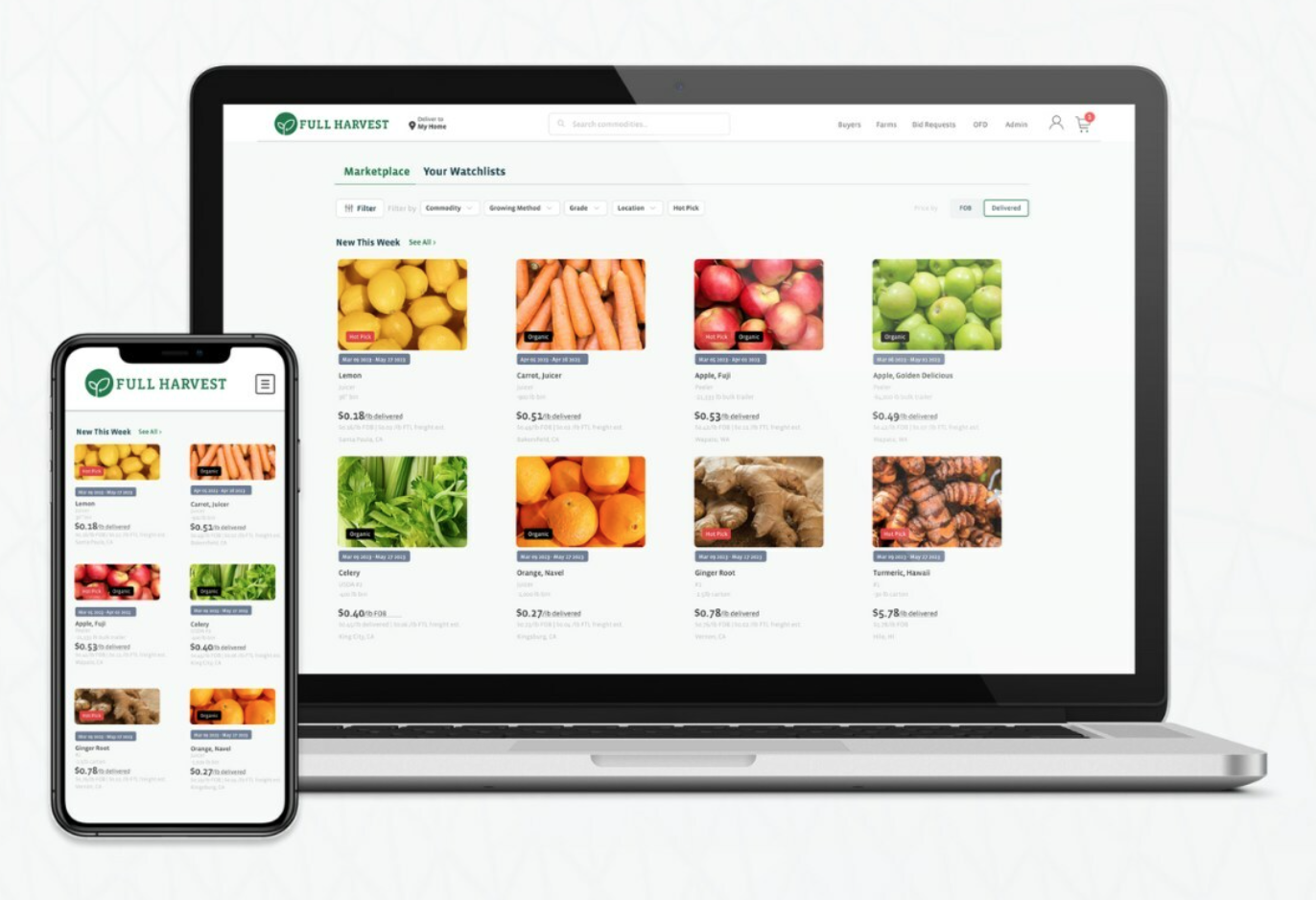In the US, food waste is a pervasive problem, with an estimated 30 to 40 percent of the country’s food supply going to waste each year. This amounts to around 133 billion pounds of food, worth an estimated $161 billion, being discarded annually. In this episode of the Xtalks Food Podcast, Sydney talks about Full Harvest and other companies that sell surplus or imperfect produce that would otherwise be thrown away. By using Full Harvest, farmers can reduce their waste and increase their profits, while food and beverage companies can access high-quality produce at a lower cost. Its platform operates using digitization, with a user-friendly interface that streamlines the buying and selling process. Companies like Full Harvest, Imperfect Foods and Misfits Market are doing their part to reduce food waste and promote sustainability through digitization. The team wonders why these types of platforms are relatively new and whether food products that contain imperfect produce should require a label to inform consumers of the quality.
Also in this episode, Sydney talks about United Nations’ (UN) Food and Agriculture Organization’s (FAO) food price index, which saw an increase in April after a year-long decline. The FAO food price index monitors the prices of the most traded food commodities worldwide and measures the average monthly change in international prices for a basket of food commodities, including meat, dairy products, cereals, oils and sugar. In April, the FAO food price index recorded an average of 127.2 points, compared to 126.5 points in March. The index is an essential barometer for food security and provides valuable insights into the economic and environmental factors that influence food prices. The index allows policymakers, food producers and consumers to track changes in food prices and plan accordingly. It is also used to monitor global food security. By tracking changes in food prices, policymakers, food producers and consumers can take steps to ensure food security and stability in the global food market.
Read the full article here:
Full Harvest is Leading the Charge Against Food Waste with Digitization
FAO Food Price Index Rises for the First Time in a Year
The weekly podcast is available for streaming every Thursday on Spotify, Apple Music and wherever you stream your podcasts.
Subscribe to the Xtalks Food Podcast to never miss a new episode.











Join or login to leave a comment
JOIN LOGIN